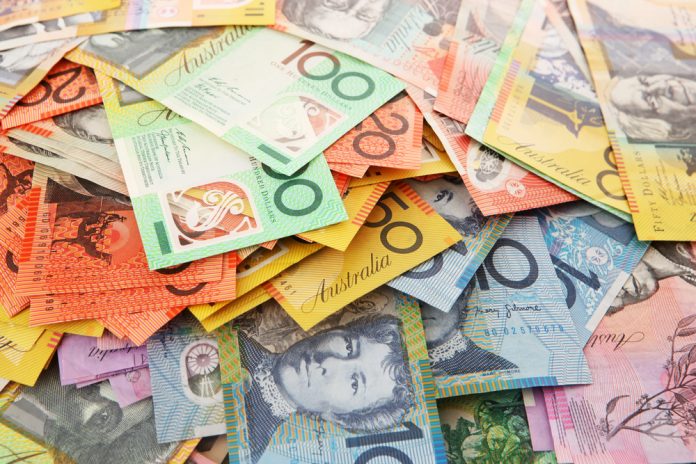Australians continued to “tighten their belts” in July, according to a new Commonwealth Bank of Australia (CBA) report, with spending growth declining nationally to just 1.3% in the year to July.
The monthly CommBank Household Spending Insights (HSI) Index uses de-identified payments data from approximately seven million CBA customers – comprising roughly 30% of all Australian consumer transactions – to reveal the latest trends in spending activity.
The CommBank HSI Index is based on 12 spending categories, with a breakdown provided between goods and services, retail and non-retail, as well as essential and discretionary spending. Spending activity for each Australian state is tracked and a separate Home Buying Index also measures home lending data.
“The CommBank HSI Index for July was unchanged at 135.2, but with the annual rate of spending growth dropping to only 1.3% from a peak of 18.2% in August 2022,” says CBA Chief Economist Stephen Halmarick.
“Spending gains in July in household goods, transport, hospitality, education, insurance, health and communications and digital were offset by declines in household services, recreation, utilities, motor vehicles and food and beverage goods spending.”
State breakdown
The strongest state for household spending growth in July was South Australia (up 1.9%).
This was followed by Victoria and NSW (both up 1.7 per cent), while the Northern Territory (up 0.1%) and Queensland (0%) were flat.
However, over the past 12 months, Western Australia (up 3.5%), SA and the NT (both up 3.4 per cent) saw the strongest household spending growth, and NSW (down 0.2%) and Victoria (down 0.3%) the weakest.
Interest rates impact
Mr Halmarick says: “The effects of 400bp of RBA interest rate increases is clearly reflected in a significant overall slowdown in household spending as measured by the CommBank HSI Index.
“Monetary policy is now restrictive and financial conditions will continue to tighten in the months ahead on the lagged effect of RBA interest rate increases and the fixed rate mortgage refinancing task. We continue to expect household spending to weaken further over the remainder of 2023 and 2024.
“While the RBA is likely to hold the cash rate at 4.1% for an extended period, we expect it will start lowering interest rates in March next year to 3.1% by the end of 2024 in response to a slowing economy, inflation closer to target and a softer labour market.”





